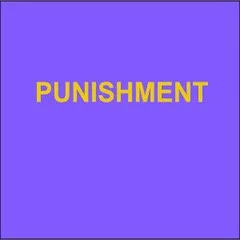By Ayumi Takano, Kunihiko Takahashi, Tatsuhiko Anzai, Takashi Usami, Shiori Tsutsumi, Yuka Kanazawa, Yousuke Kumakura, Toshihiko Matsumoto
Background: Methamphetamine use is related to severe health, social, and criminal challenges. However, there is limited evidence regarding the factors associated with the recurrence of drug use among individuals who have used methamphetamine, particularly within populations involved in the criminal justice system. This study aimed to identify predictors of illicit drug use at a one-year follow-up among males in Japan who have used methamphetamine and are involved in the criminal justice system.
Methods: The study participants were adult males on probation due to methamphetamine use or possession and were involved in a community-based program. The participants were recruited early in their probation period and participated in telephone-based surveys conducted by mental health center staff. We analyzed one-year follow-up data to investigate the recurrence rate of illicit drug use and associated risk factors using multiple logistic regression.
Results: Out of 234 participants, 27 (11.5 %) used illicit drugs during the one-year follow-up period. After adjusting for demographic characteristics, severity of drug use, type of probation, and use of treatment for substance use disorders, the use of social welfare services (OR = 2.78) and a lack of trustworthy relationships (OR = 3.17) were significantly associated with recurrence of illicit drug use.
Conclusions: This study suggested that individuals facing challenges in maintaining stable living conditions and building trustworthy relationships were more likely to return to drug use early in their probation period. Comprehensive and tailored support focused on social stabilization and relationship-building is recommended to aid recovery in males who have experienced methamphetamine use.
Drug and Alcohol Dependence Reports, Volume 14, March 2025, 100316



